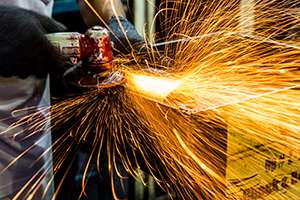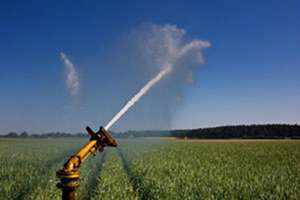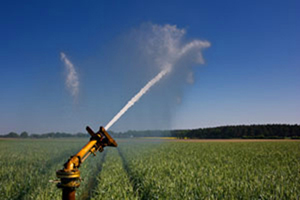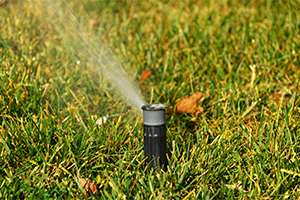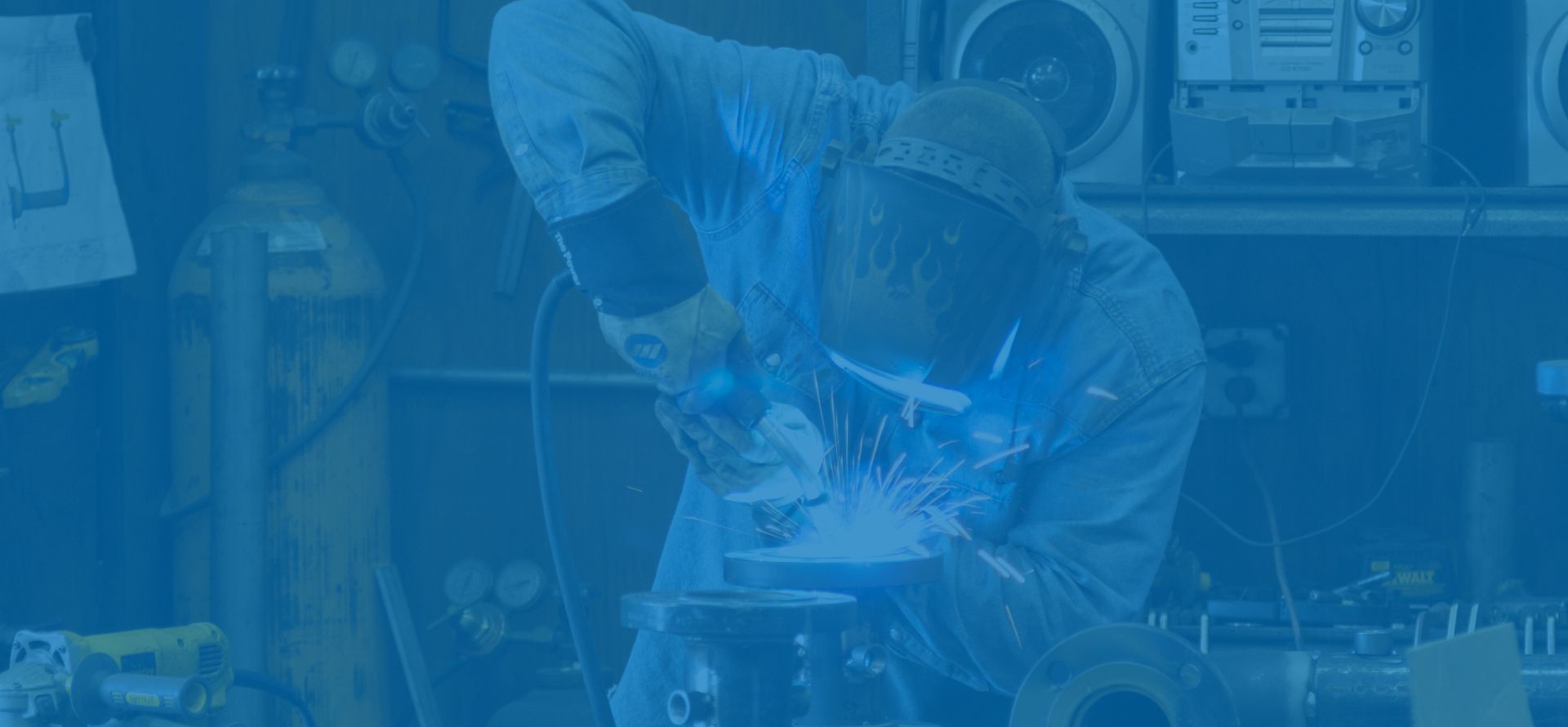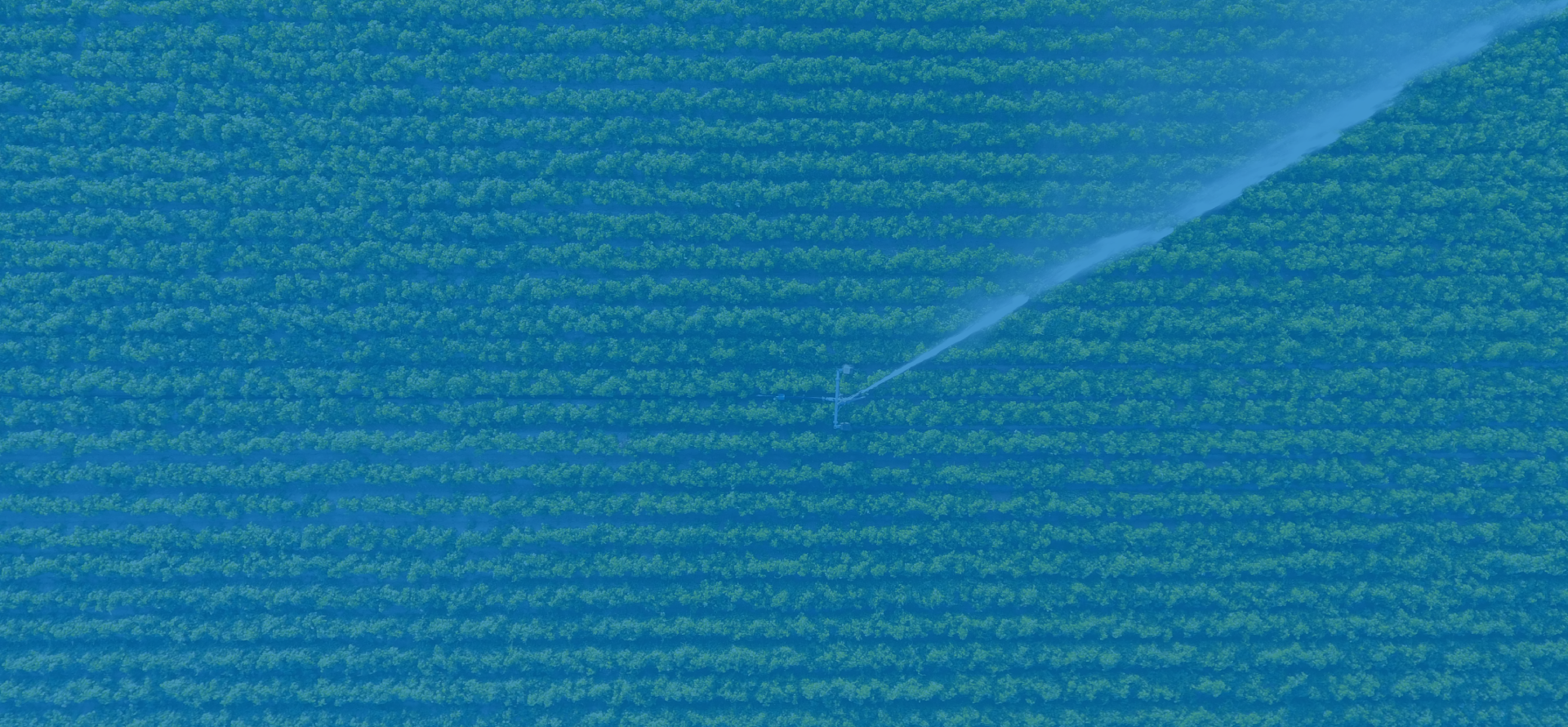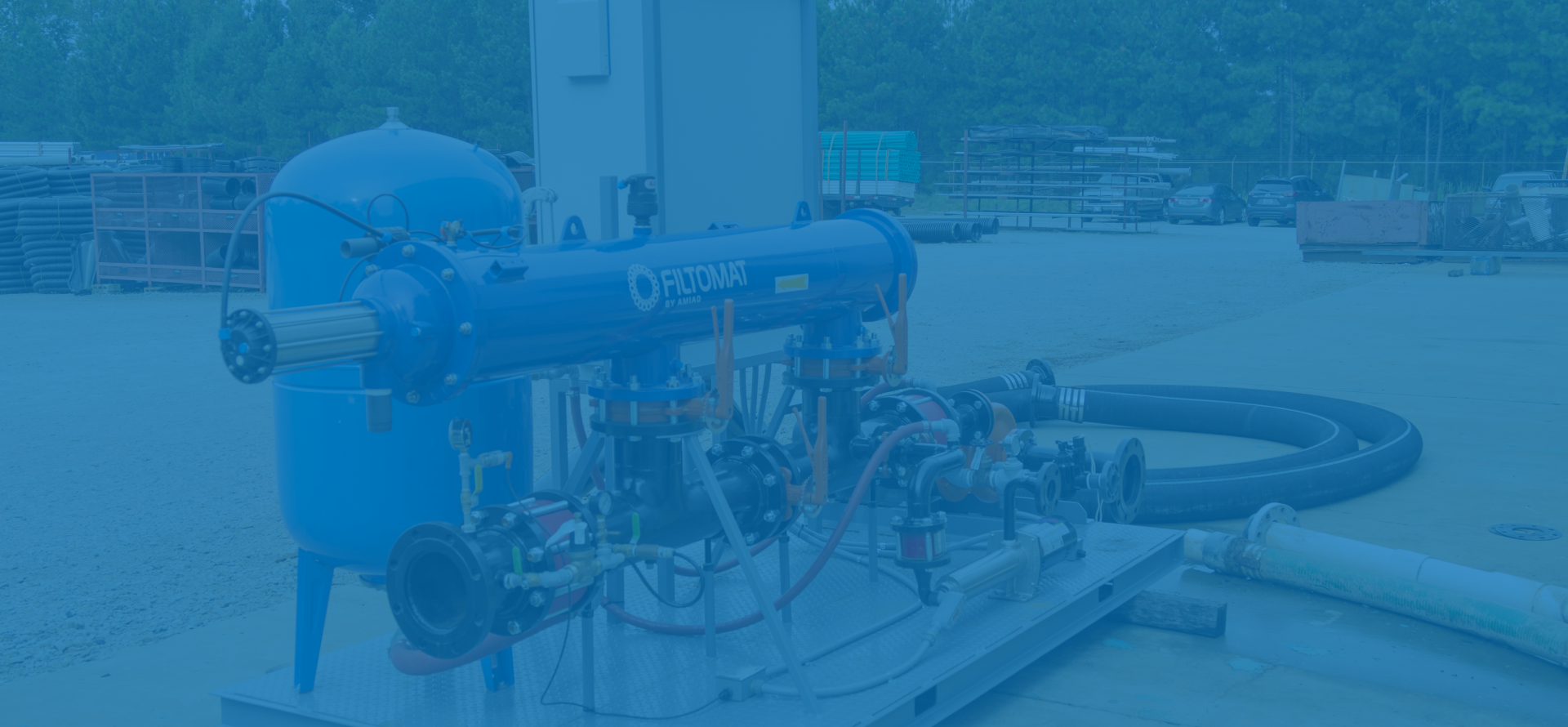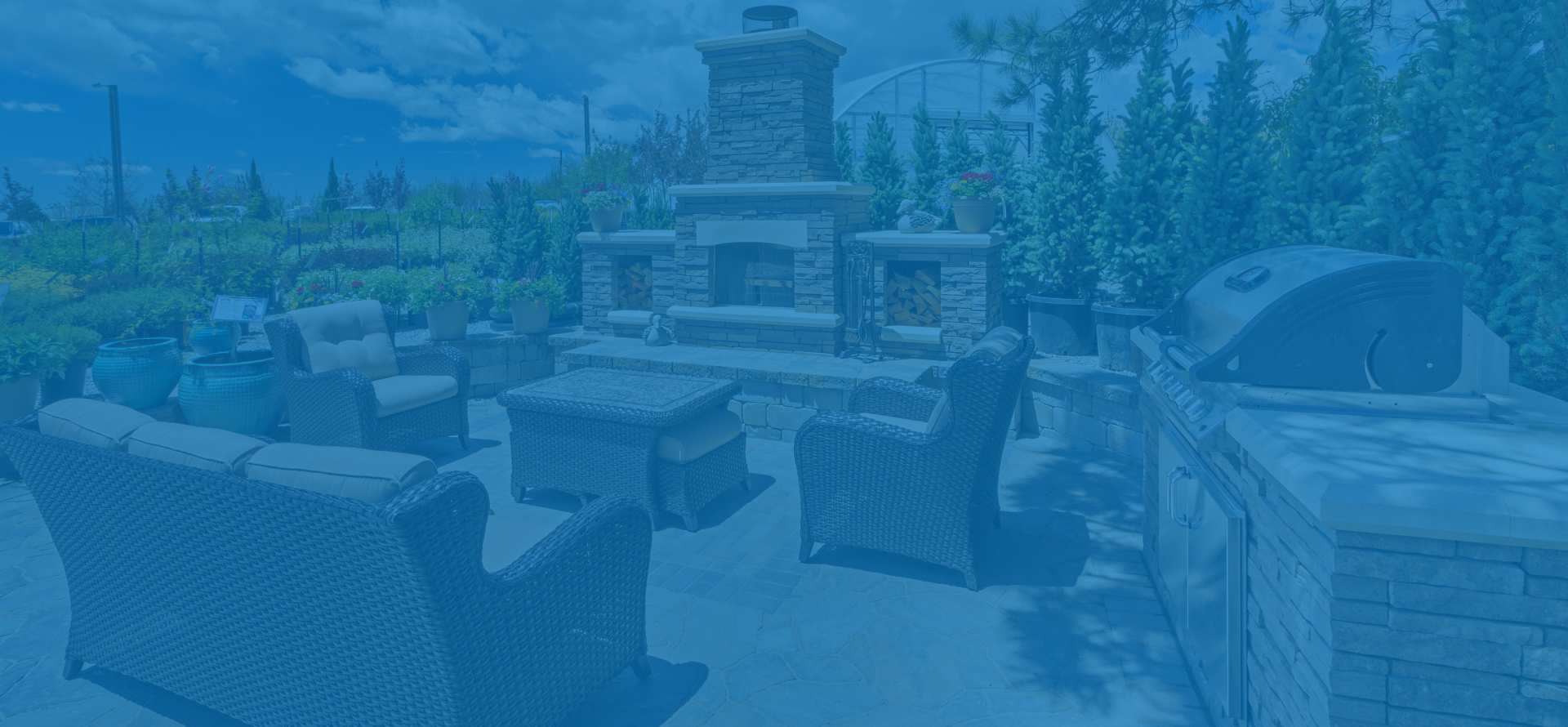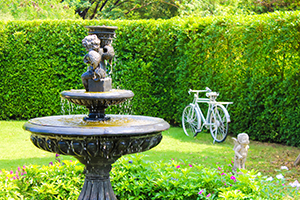
Backyard water features and ponds have over the years had a bad reputation for being high maintenance but that’s not the case. Today, there are new technologies and techniques that one can use to keep your personal paradise low maintenance. In this article we debunk myths that you have heard so many times making you shy away from landscape water features.
Here are some of the myths:
Myth 1: You need to test the water daily and apply corrective treatment
Your water feature is not chemical dependent and therefore you do not need to test the water on a daily basis. Learn from Mother Nature. She never tests the water in lakes, rivers and natural ponds. In the wild, no store-bought chemicals are needed. Your water feature does not need them either. Stick to ecosystem water gardening and do away with the water testing.
Myth 2: All water features should be in the lowest part of the yard
The lowest part of the yard is probably the worst place to locate your water feature. Why? Because being the lowest part of the yard, run off water will collect there and interfere with the water feature. Water features are best positioned near the house so you can take in the tranquility and beauty of it while still in the comfort of your home.
Myth 3: It is necessary to drain and clean the water feature regularly
Draining and cleaning of a residential water feature should take place twice a year. Cleaning should be done during spring before it gets warm and bacteria have an opportunity to set up and then again in the fall to remove any fallen leaves.
Are you considering adding a water feature in your yard? Go ahead. Do not let the myths stop you. If you have any questions concerning water features, contactWP Law today for advice.



